9 tips for flying with camping gear
Our best practices for flying with camping gear provide practical solutions for protecting and hauling your gear when you're traveling to the trail
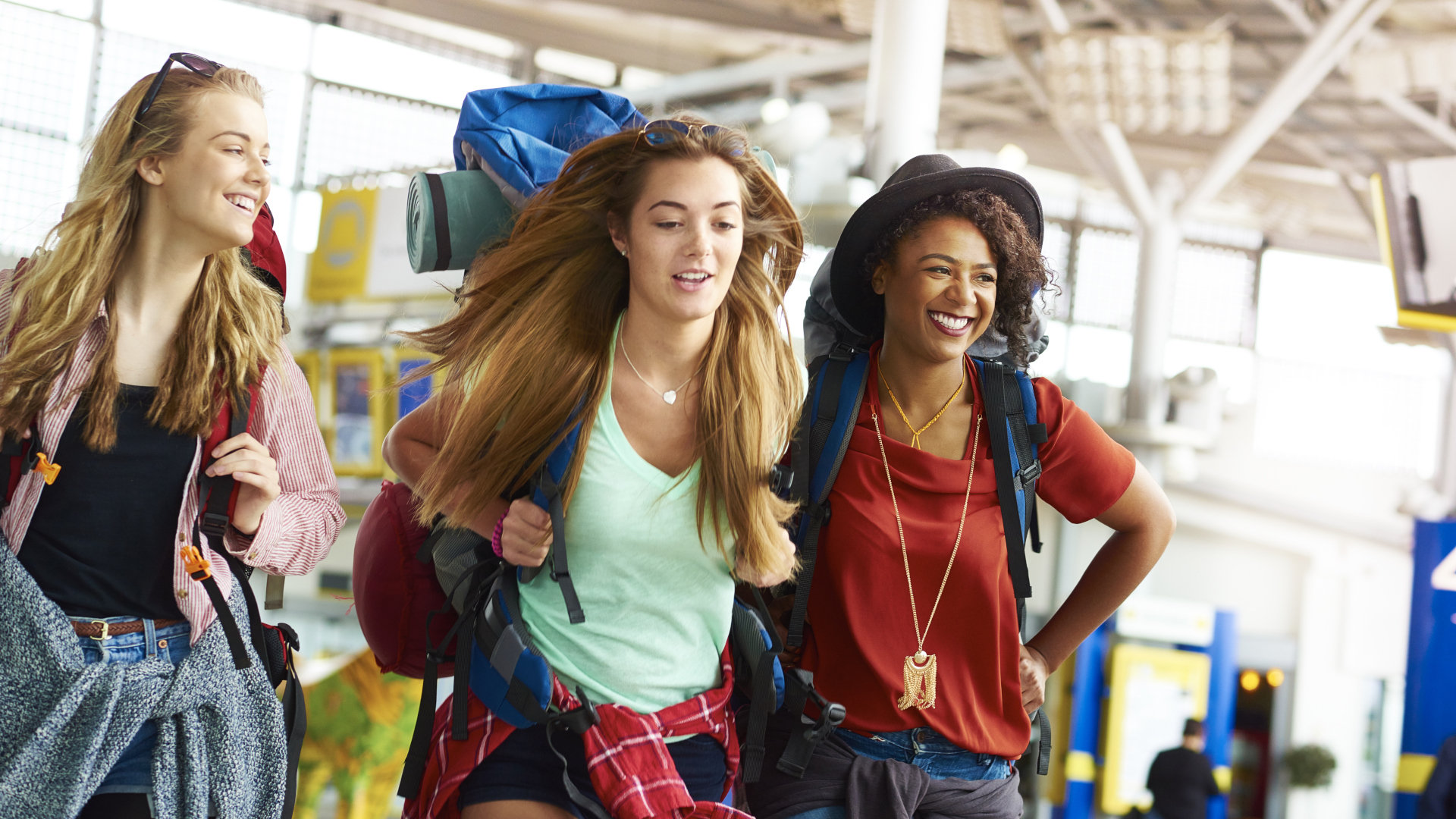
There’s something beautiful about loading up your best backpack, walking out your front door and heading into the wild – but there are also a lot of amazing hiking and camping spots on this planet that you reasonably need a boarding pass to get to. With outdoor adventures becoming ever more popular, you might well be looking at boarding a plane this year with your tent and best sleeping bag, and that in itself can be more daunting than the thought of going on a multi-day hike. There’s airport security to get through, expensive camping gear being thrown on and off carousels and inconsistent overhead luggage lockers that may or may not fit your bag. Fortunately, here at Advnture we have plenty of experience in flying with camping gear, so here we lend you our best tips for getting everything to your destination in one piece.
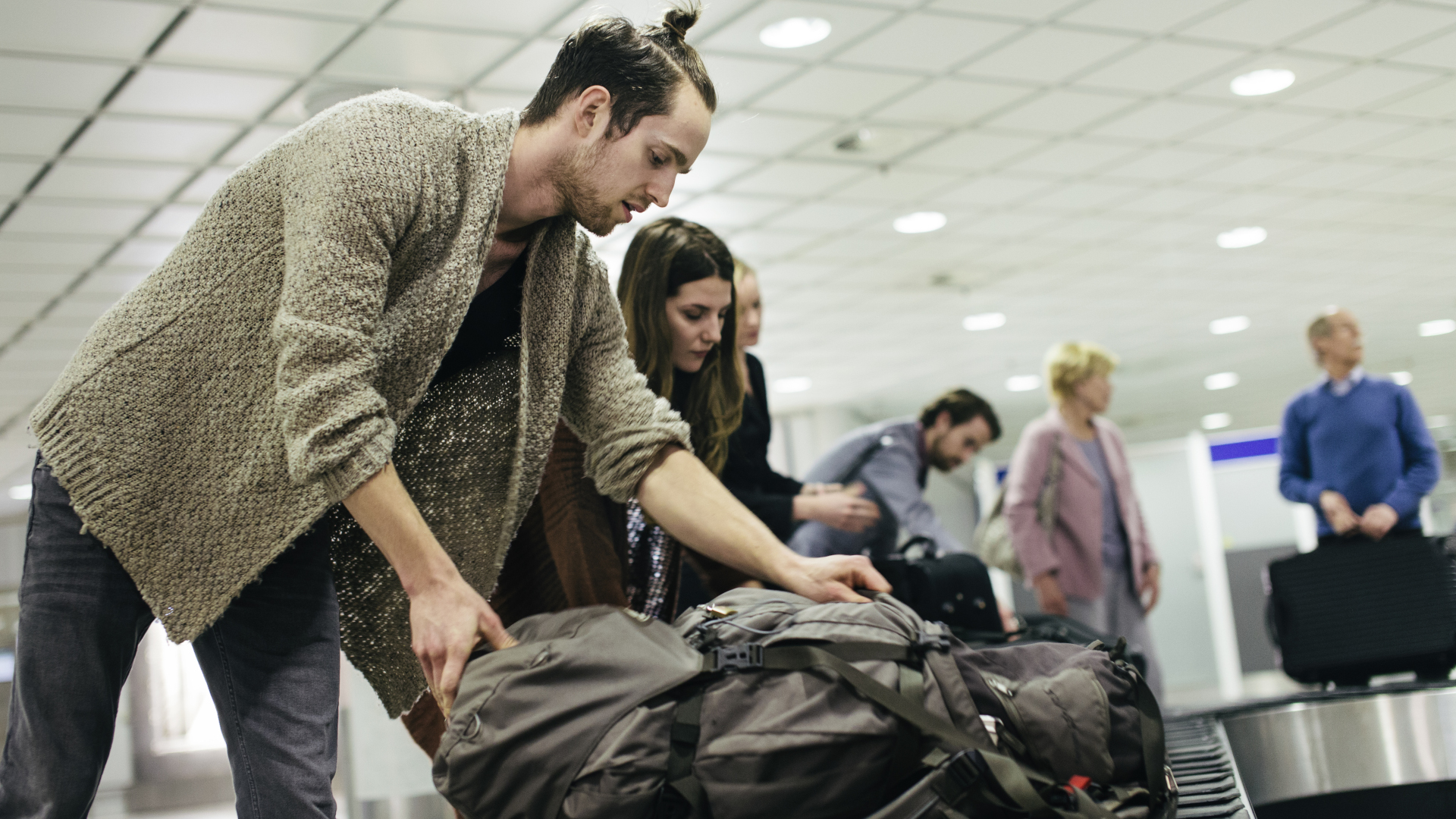
1. Choose the best way to haul your gear
There are basically three ways of flying with camping gear. The first is to use your backpacking backpack as your luggage, which is the best option if you don’t want to be traveling with anything other than what you need for camping, and if you want to travel light. The chances are good that you’ll have to check the whole bag, but we’ll cover what you can do to help protect the contents, and how to get around that. A good backup plan with this option is to carry a sturdy plastic shopping bag in case have to check your backpack and you quickly need to transfer your valuables into a hauler that you can take on board – this way you can keep them close and dispose of the bag responsibly when you arrive so you don’t need to carry an extra bag around.
The second option is to pack your gear in a travel bag that you plan to check, like the Peak Design Travel Bag, the North Face Base Camp Duffel or a suitcase. This works well if you’re going to have a base camp where you can leave your luggage, and/or if your trip involves other activities than just camping and so you’ll be bringing different clothes, your laptop etc. Obviously, you’ll still need your backpack for carrying your camping gear, so we recommend bringing that as your carry-on. This option gives you a little more freedom in terms of what you bring, and if you go with a hard suitcase, plenty of protection for your best gear.
Finally, you can pack your camping gear in a cardboard box and check it, and carry everything else on board in your backpack, thus cutting down on the size of your pack and reducing the possibility of having to gate check it. If you choose this option, just make sure that everything will ultimately fit inside your backpack when you get to the other end.
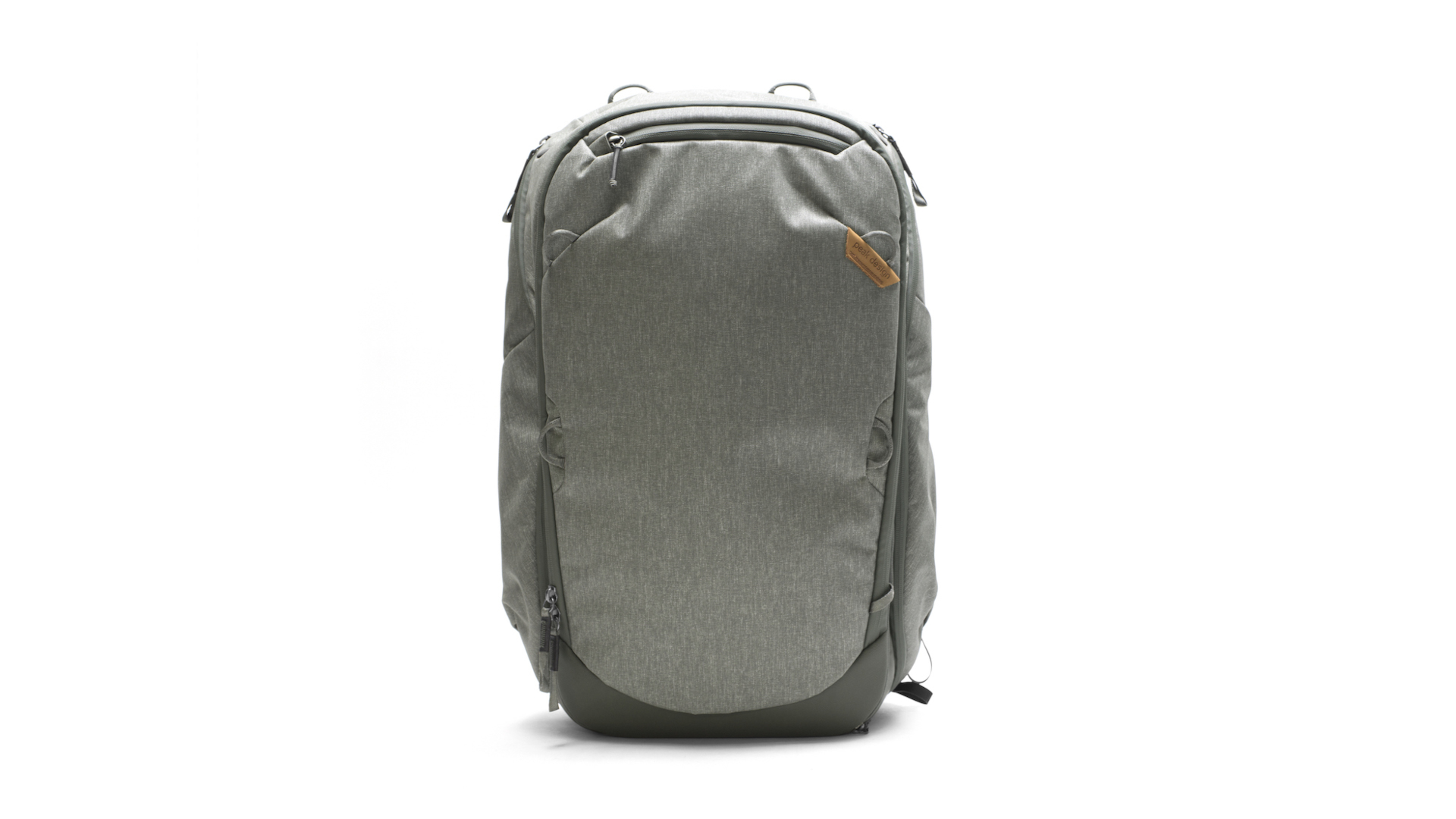
2. Check luggage restrictions
Once you’ve decided which bag or bags you’re bringing, measure them so you know their dimensions. When you’re booking your flight, or flights, check the luggage policy for each leg of your journey to make sure you can actually bring your bag on board. Carry-on bags usually can’t be bigger than about 22” x 14” and if you’re pushing that limit, it may not fit in the overhead of a smaller, regional plane.
Baggage policies seem to get depressingly more stringent as the years go by, so if you're checking your bag, you need to be sure that your ticket allows one, and that you can bring at least 15 kg in weight. Weigh your bag at home to make sure it meets the weight restriction. Nearly every airline will allow you to pay for extra baggage if your ticket doesn’t include it, but there’s nothing quite as deflating as thinking you’ve got a really good deal on a ticket only to discover you’ve got to pay the same again for your bag.

3. Know what you can – and can’t – carry on
If you’re a traveler that prefers to carry everything on board with you, we get it. According to Claim Compass, 5% of bags are lost by airlines each year and the last thing you want is to be hanging out in an airport hotel waiting for yours to show up when you could be on the trail. That said, if you’re flying with camping gear, you might have to check your bag if you are carrying certain items, even if you’ve managed to pack ultralight. Here are the items that you can’t carry-on:
All the latest inspiration, tips and guides to help you plan your next Advnture!
- Tent pegs
- Camping knife
- Lithium batteries
- Trekking poles
You might not plan to travel with all of these items, but if you plan to fly with any of them, they can’t go in your carry-on unless you want to get flagged at security. That said, you could package them up and mail them ahead to your destination, and as long as you pack light, you may be able to carry your backpack on board – though we can’t guarantee the airline won’t make you gate check it. Even the airline can’t do that, it seems.
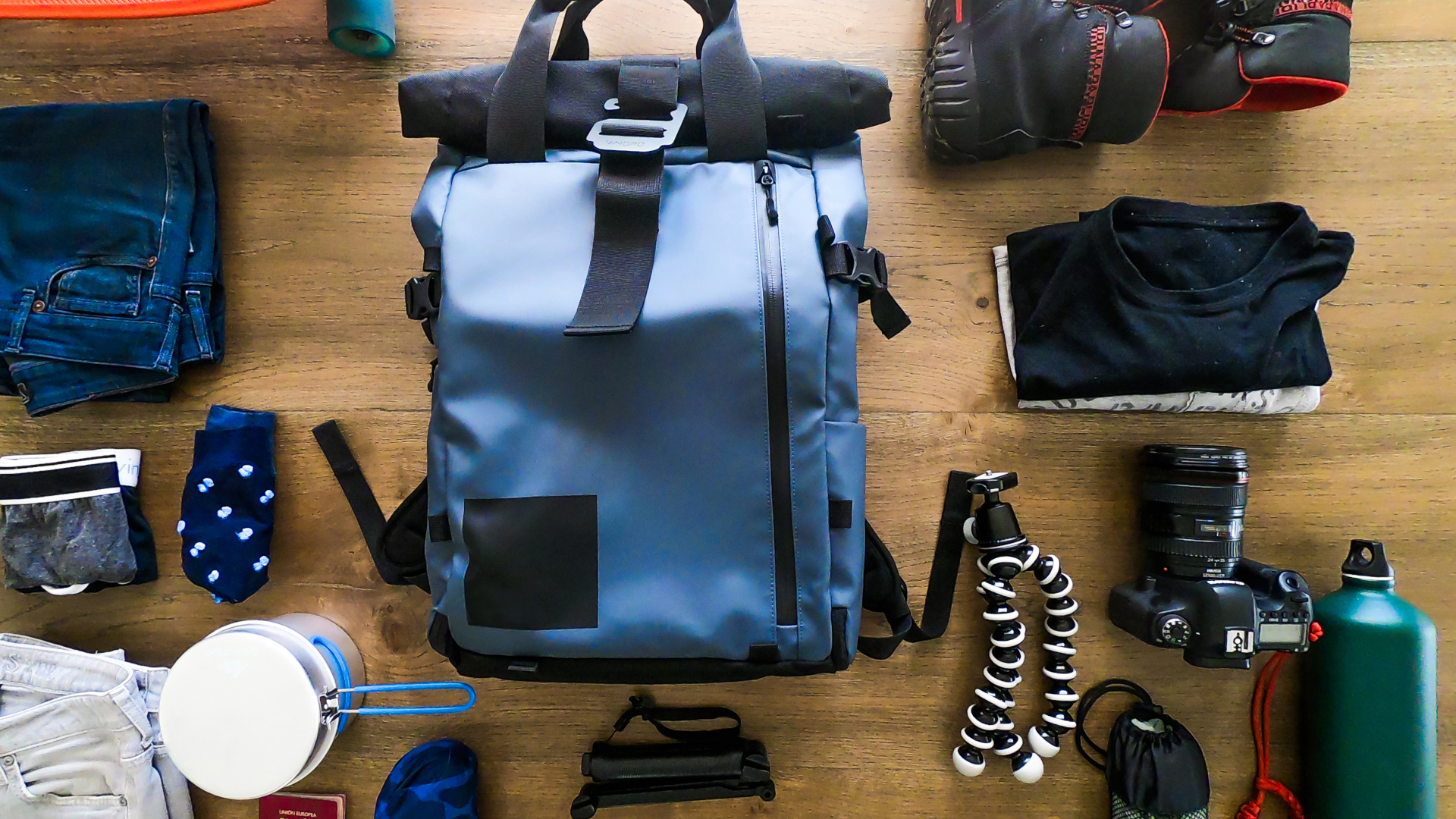
4. Don’t pack these prohibited items
There are three common camping items that you can’t fly with at all because they are flammable:
- Camping stove fuel
- Lighter
- Bear spray
If you require these, you’ll need to purchase them when you arrive at your destination.
5. Consider renting gear
If all of the above is making your head spin, a great solution is to rent camping gear at your destination. You may be able to rent a tent, sleeping bag and pad and camping stove which means that all you need to carry on board are your clothes and you can do that in your backpack. Obviously you might end up paying for items you already own, and you need to be absolutely sure that your backpack is big enough for your gear, but this can take a lot of the headache out of destination camping.

6. Get insurance
Travel insurance is really recommended for all flights, but flying with camping gear is definitely a higher stakes mission than heading to the beach for a few days. Bent tent poles, broken backpack straps and missing gear can really put a dent in your well-laid plans, and while serious damage or theft is unusual, if it does happen you want to be able to replace your gear with as little fuss and personal expense as possible. And as the old adage goes, if you have insurance, you won’t need it.
7. Protect your bag
In addition to insuring your gear, it’s a good idea to physically protect it. Obviously, the best protection is a hard suitcase or the cardboard box solution, but if you’re traveling with only a backpack, you’ll want to get it travel-ready. Loose straps and buckles can get caught in machinery and broken, zippers can break causing contents to spill out and baggage handlers can get sticky fingers. At minimum, tighten all straps as much as possible and tuck them in, fasten all buckles, and for extra protection, wrap your backpack in industrial strength cling film (many airports provide this service for a fee) or place it inside a sturdy trash bag.
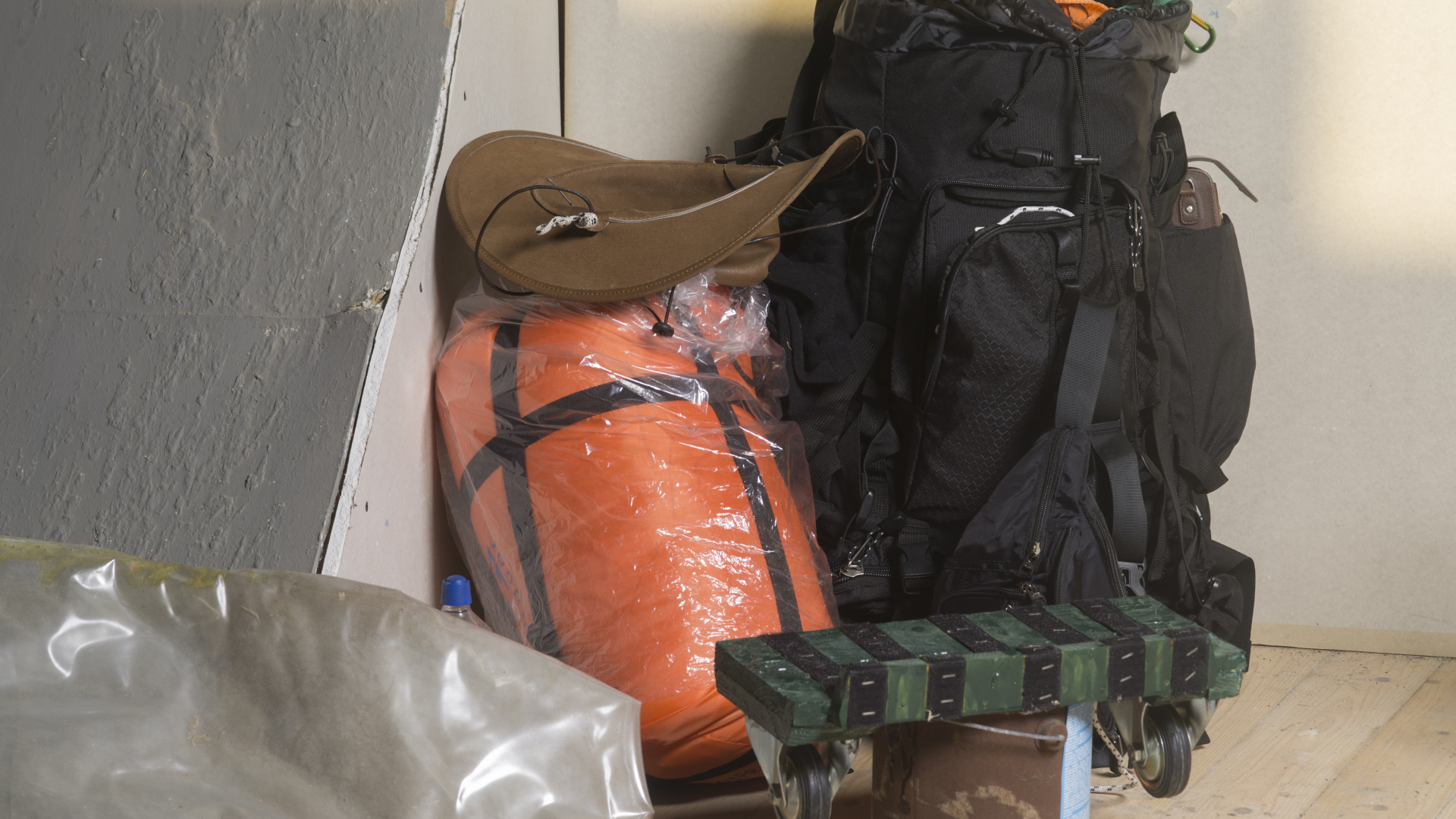
8. Pack light and smart
No matter whether you’re planning on bringing everything on board in your backpack or checking a suitcase, you still need to make sure that everything you bring will ultimately fit inside your backpack if you’re hiking. Therefore, it’s a good idea to bring ultralight, backpacking versions of the following gear:
- Tent/bivy sack
- Sleeping bag
- Sleeping pad
- Camping stove
Even with the most packable gear, all of that alone takes up the majority of the space inside your bag, so you’ll need to scale way back on changes of clothes and only bring what you absolutely need.
Pack anything more fragile like tent poles toward the middle of your pack, so they’re padded if someone’s huge suitcase ends up on top of your bag, and consider packing anything really expensive in your carry-on to keep it with you at all times.
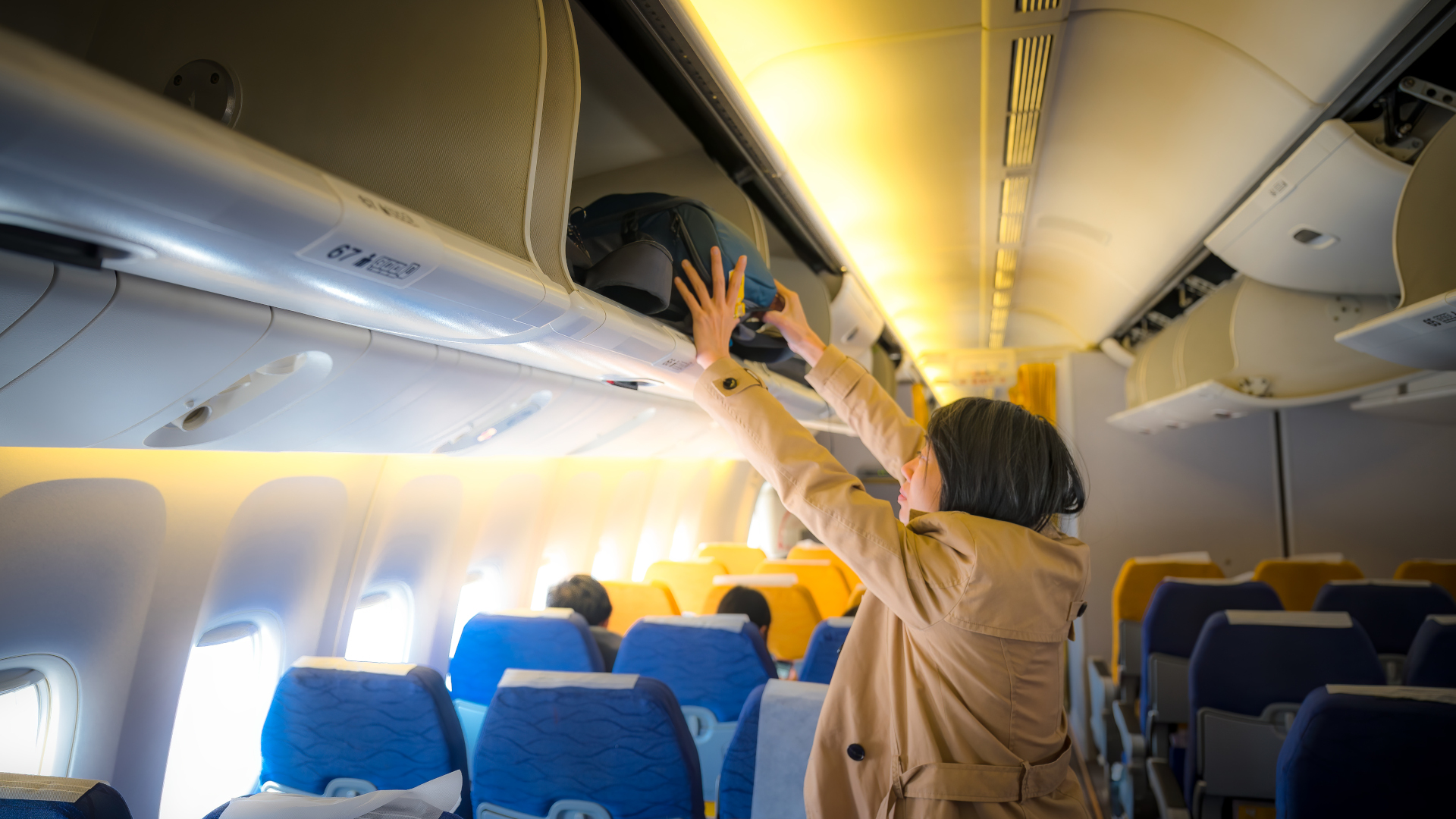
9. Wear your hiking boots and clothes on board
Another way to cut down on your pack contents is to dress in your hiking clothes for the flight. Fortunately, most of the best hiking pants and fleece jackets have lots of stretch and make good, comfortable travel clothes. Even the best hiking boots are bulky and heavy so it’s best to wear these on the plane, if you’re not checking a large suitcase, and you can pack any lighter walking sandals you need.
If you’re going to be going to restaurants on your trip and are worried about appearances, there’s an argument here for bringing lower profile hiking shoes and dark or neutral colored clothes, but ultimately we think you should bring the best gear for your camping trip and not worry about what other people think.
Obviously, on your flight home you do run the risk of being the passenger who reeks of BO and campfire smoke, but hey, face masks have made being smelly in public much less offensive.
Julia Clarke is a staff writer for Advnture.com and the author of the book Restorative Yoga for Beginners. She loves to explore mountains on foot, bike, skis and belay and then recover on the the yoga mat. Julia graduated with a degree in journalism in 2004 and spent eight years working as a radio presenter in Kansas City, Vermont, Boston and New York City before discovering the joys of the Rocky Mountains. She then detoured west to Colorado and enjoyed 11 years teaching yoga in Vail before returning to her hometown of Glasgow, Scotland in 2020 to focus on family and writing.

